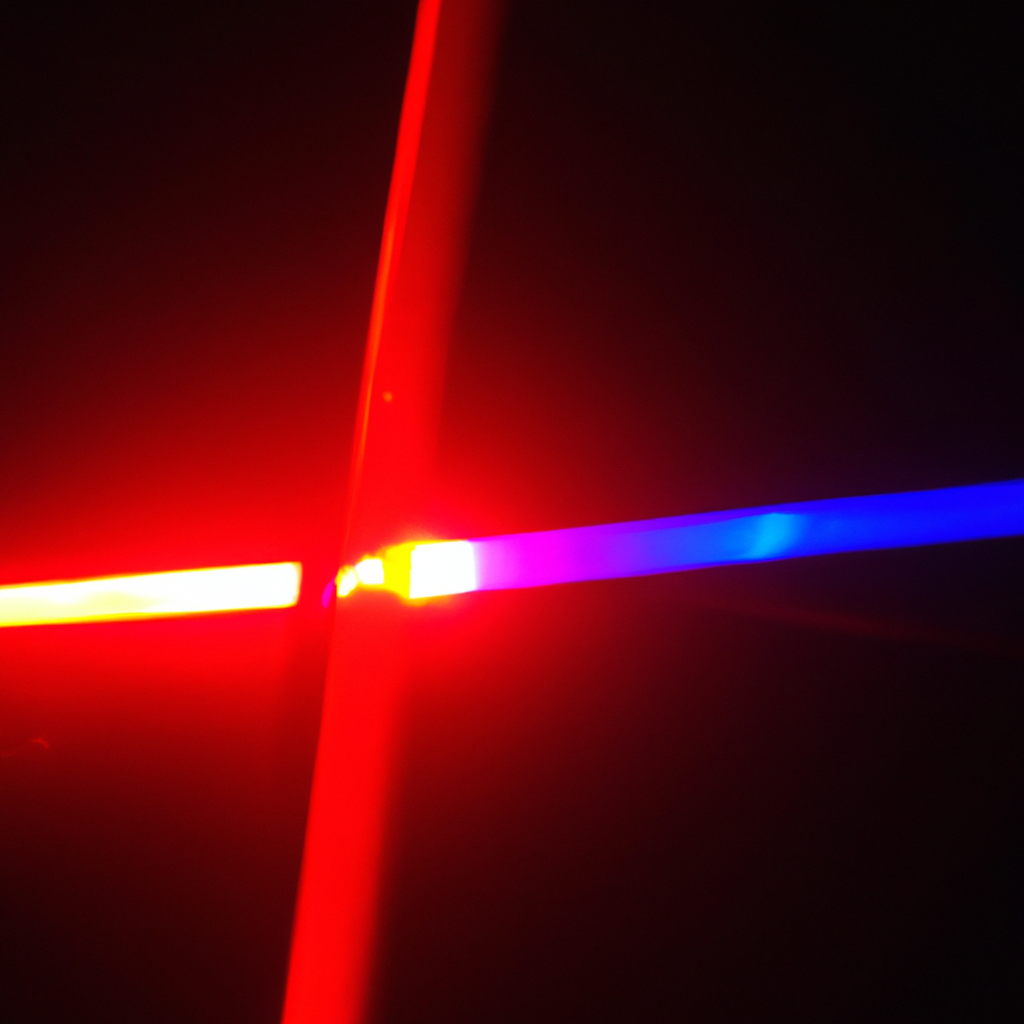Laser pointers have become increasingly popular in recent years, with applications ranging from presentations to entertainment. But how do laser pointers work? In this article, we’ll explore the technology behind laser pointers, the physics of lasers, and the different applications of laser technology. We’ll also discuss laser safety and precautions to take when using laser pointers.
How Laser Pointers Work
Laser pointers use a laser diode to produce a beam of light that is highly concentrated and coherent. Laser diodes are small semiconductor devices that emit light when an electric current is passed through them. The laser diode in a laser pointer is usually made of gallium arsenide or another semiconductor material.
When the electric current passes through the laser diode, it excites the electrons in the material, causing them to emit photons. These photons are then amplified as they bounce back and forth between two mirrors, one at each end of the diode. This process is known as stimulated emission.
The amplified photons then escape through one of the mirrors as a highly concentrated beam of light. The beam of light is coherent, meaning that all the photons are in phase and have the same wavelength. This is what gives laser beams their characteristic sharpness and brightness.
Laser Physics
The physics of lasers is based on a phenomenon called stimulated emission. Stimulated emission occurs when a photon interacts with an excited atom or molecule, causing it to emit a new photon that is identical in wavelength, phase, and direction to the original photon.
This process creates a chain reaction in which photons stimulate the emission of more photons, leading to the production of a highly concentrated beam of light. This process is what makes lasers so powerful and efficient compared to other light sources.
Laser Applications
Laser technology has a wide range of applications, from medicine to manufacturing. Here are just a few examples:
– Medical: Lasers are used in surgery to cut, cauterize, and vaporize tissue. They are also used in dermatology to remove tattoos, birthmarks, and other skin lesions.
– Manufacturing: Lasers are used to cut and weld metal, drill holes, and mark products with barcodes and serial numbers.
– Communications: Lasers are used in fiber optic cables to transmit data over long distances. They are also used in satellite communications and laser rangefinders.
– Entertainment: Lasers are used in light shows, concerts, and other events for visual effects.
Laser Pointers for Presentations
One of the most common applications of laser pointers is in presentations. Laser pointers are used to highlight important points on slides and to direct the audience’s attention to specific areas of the presentation. They are also used to indicate where the presenter is pointing on a projection screen.
When using a laser pointer for presentations, it’s important to follow some basic safety guidelines. The laser beam should never be directed at someone’s eyes, as it can cause temporary or permanent damage to the retina. It’s also important to make sure that the laser pointer is not too powerful, as this can increase the risk of eye damage.
Laser Safety
Laser safety is an important consideration when using lasers, whether for presentations or other applications. Here are some basic safety guidelines to follow:
– Never direct a laser beam at someone’s eyes.
– Avoid using high-powered lasers, especially without proper training and safety equipment.
– Always wear appropriate eye protection when working with lasers.
– Store lasers in a safe place away from children and pets.
– Follow all safety guidelines and regulations when using lasers.
Conclusion
Laser pointers are a common tool in presentations and entertainment, but they are also an important technology with a wide range of applications. Understanding how laser pointers work and the physics behind lasers can help us appreciate the power and versatility of this technology. By following basic safety guidelines, we can use lasers safely and responsibly in all their applications.







